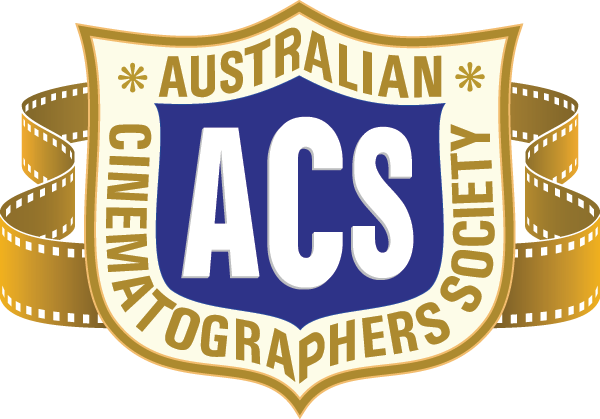The Australian Cinematographers Society has lost one of its founding fathers this week. John Bale ACS passed away on November 12th 2015 after a long battle with cancer.
Having established his career in Melbourne, John began the Victorian Branch of the ACS on March 29th, 1966 only 8 years after the Society was established nationally. John later moved to Tasmania and went about establishing the Tasmanian Branch too. A fine cinematographer, John was the inaugural winner of the Milli Award in 1968.
The funeral will be held on November 23rd 2015 at St James Old Cathedral, 2 – 10 Batman St, West Melbourne, Victoria at 10am. John’s children Bec, Felicity and Richard have asked that should you be unable to attend they suggest lighting a candle at 10am so as to join them as they farewell their father.
 The following extract about John Bale ACS is from The Image Makers by Ron Windon ACS:
The following extract about John Bale ACS is from The Image Makers by Ron Windon ACS:
John says, it seems only yesterday when I fronted up in the early ‘60s to GTV9 in Melbourne with my Bolex H16 and applied to be a stringer on their news team. Back then you could jump into the business without any formal training; we were all self-taught cameramen. News work teaches you to know your camera. Mine was an Arriflex 16mm, shooting B&W in those days. Time constraints meant you often had to guess the stop even when filming at night. By then the Arri was part of me. You never had to think about using it. Shot news for four years; in my spare time making a couple of independent short films. The climate was right for a revival of interest in local films, and I was indeed fortunate Portrait of a Girl gained the judges attention at the 1966 AFI Awards and collected the Kodak Medallion for B&W photography, and the ACS Kodak Trophy for Cinematography.
About this time I was promoted to be in charge of the GTV Film Unit. which produced film inserts for the various live programs like the Bert Newton Show. We had 35mm equipment and a complete studio, making it possible for me to start on my third independent film, Asylum, a project that took me nearly 12 months to complete. Main photography took place over one weekend in the Old Melbourne Gaol. It was not open to the public and I think we were the first to film there. Asylum gained praise for its technique, despite not being especially popular due to the grim storyline. I’d created a film which looked to be a nightmare. It did well at the awards table, including winning the first Milli Award in 1968. A great surprise and to this day I’m in awe of that experience. Subsequently Asylum, gained my ACS Accreditation, and winning me the position of Senior Director of the Tasmanian Film Unit. Asylum had changed my life. They were great days. I was given a free hand to a great extent, enabling me to give special attention to the cinematography. I wrote the scripts for documentaries, selected talent, directed, supervised editing. 35mm. productions The Other Face of the Island, and Echoes in Freestone won AFI Awards. The Other Face of the Island was a big leap forward in its day. Made for the Dept of Industrial Development, my friends at the Australian Wool Board sponsored the team of models we used, and Prue Acton, fashion guru, designed the costumes for our talent. Its tongue-in-cheek approach created much interest when it was released. Something of a battle to produce a flamboyant film in the conservative atmosphere of the public service at the time. Although I’m retired from the film industry I sadly miss it, my interest has always remained high. With the privilege of being the founder and first president of the Tasmanian ACS, and an inaugural member of the Melbourne ACS. It’s been my belief that the image should seek to inspire an emotional response in the viewer, this is especially true of Cinematography.
To read an article written by Peter Donnelly ACS about John and the early days of the Tasmanian branch, follow this link below.

